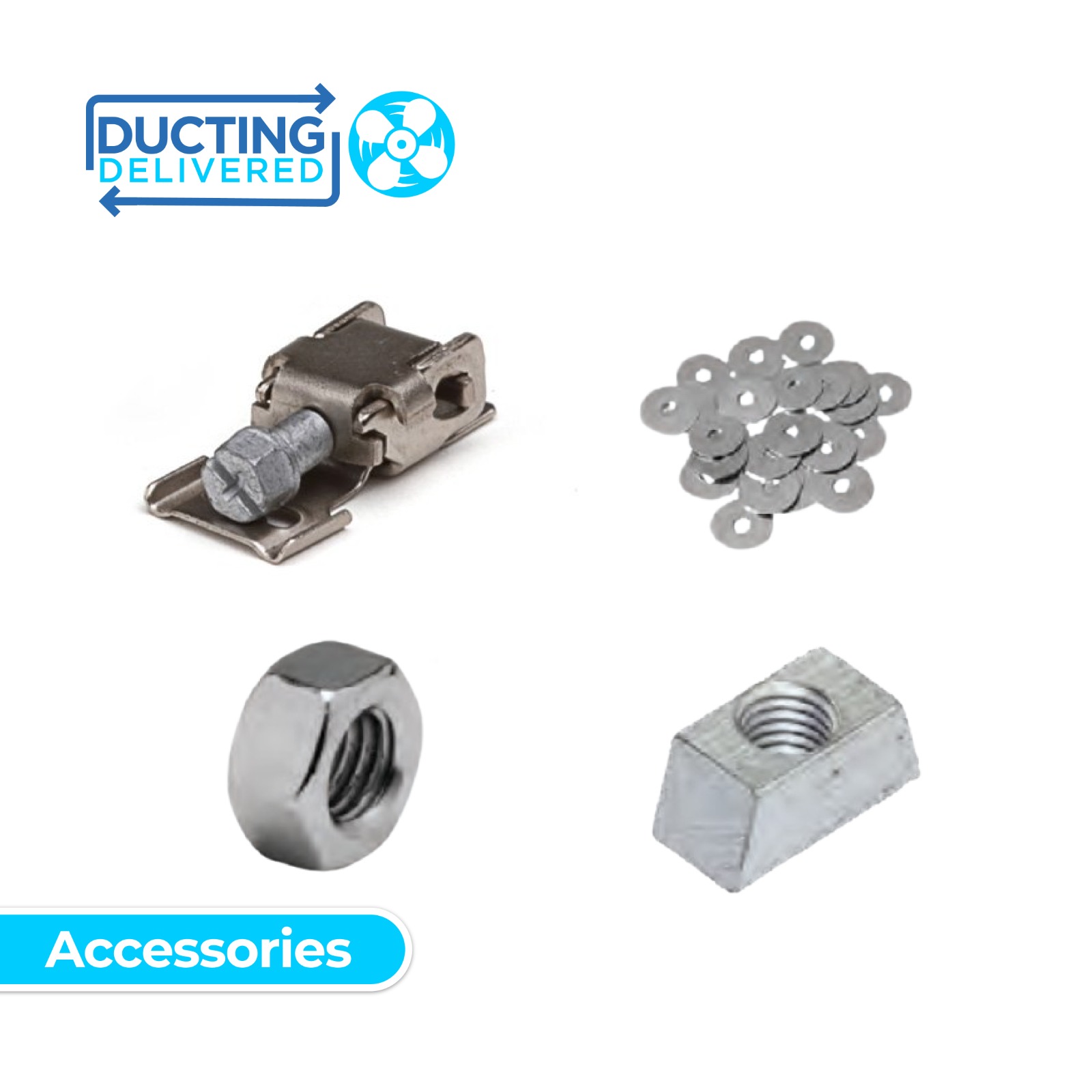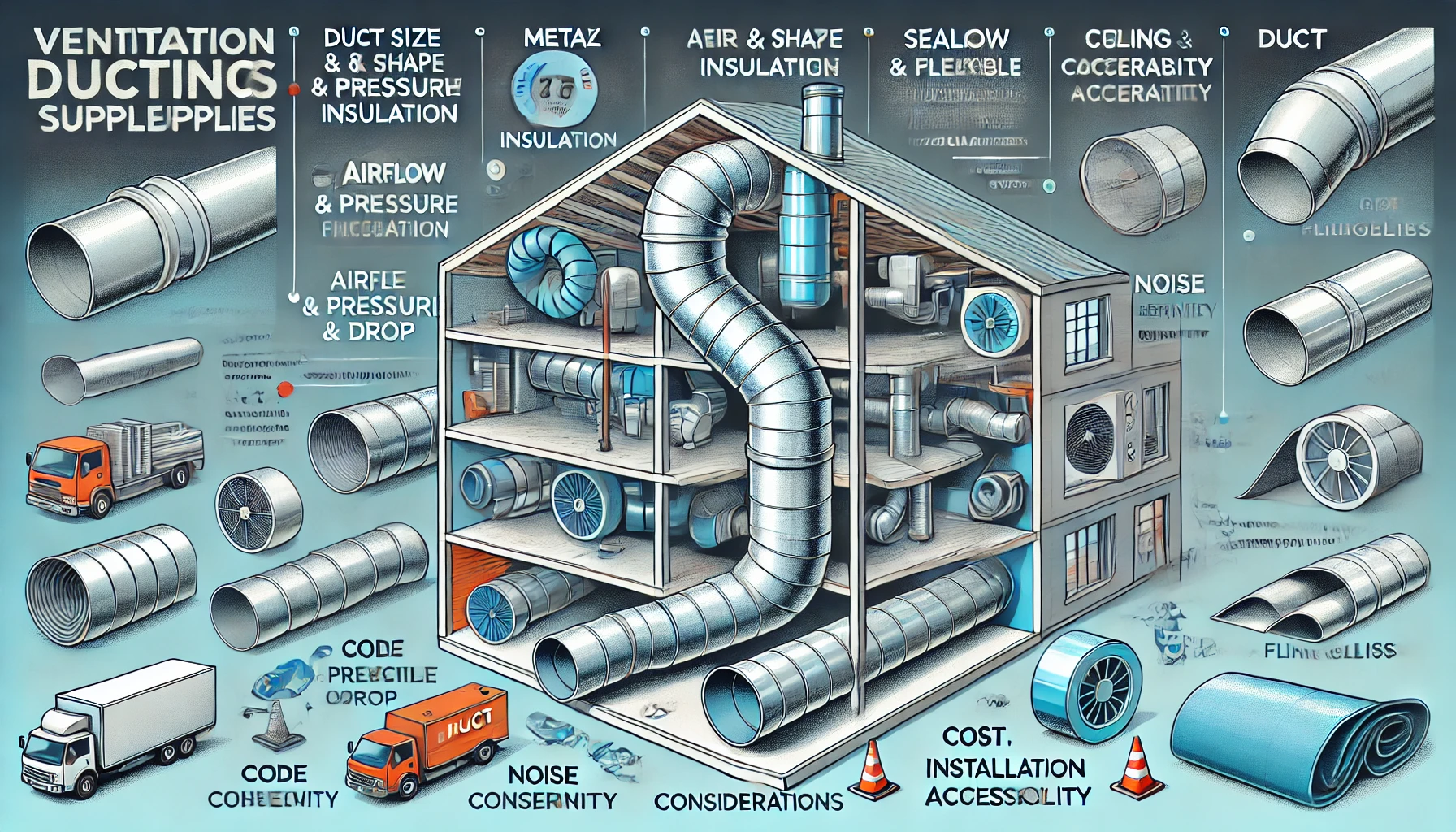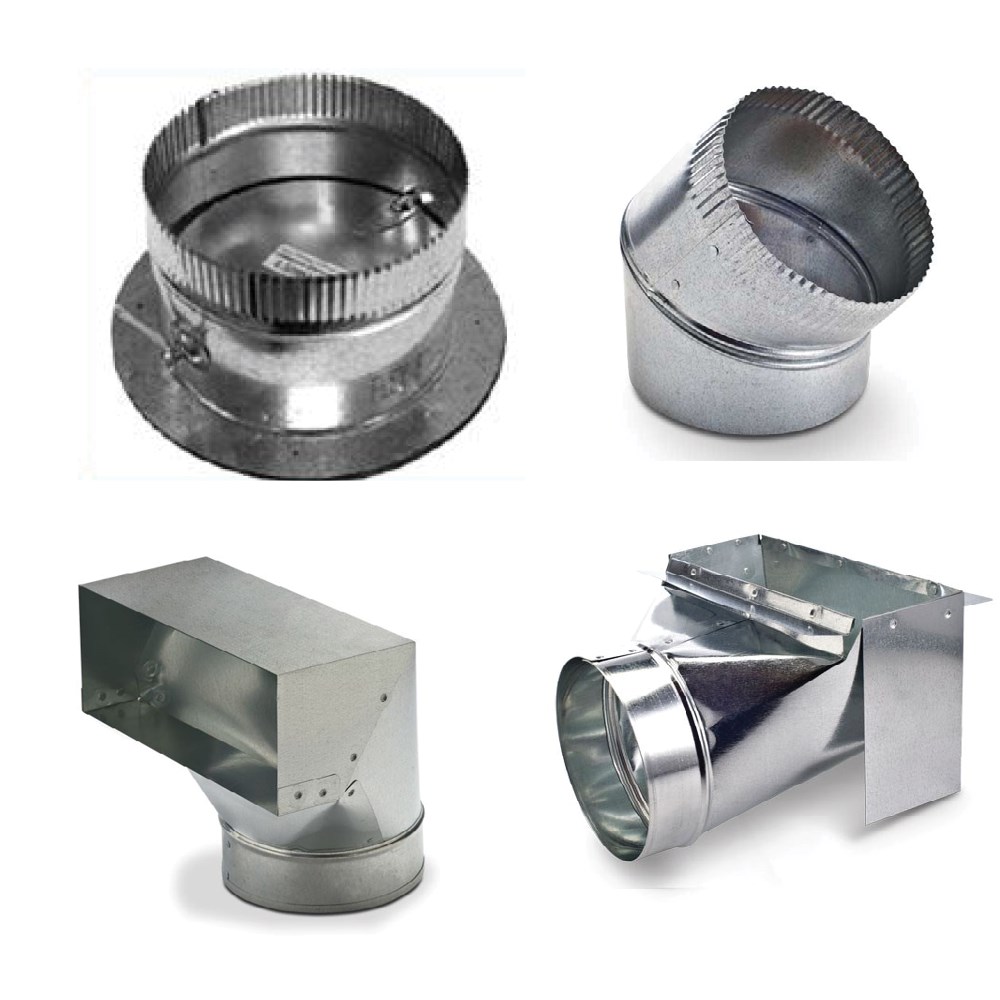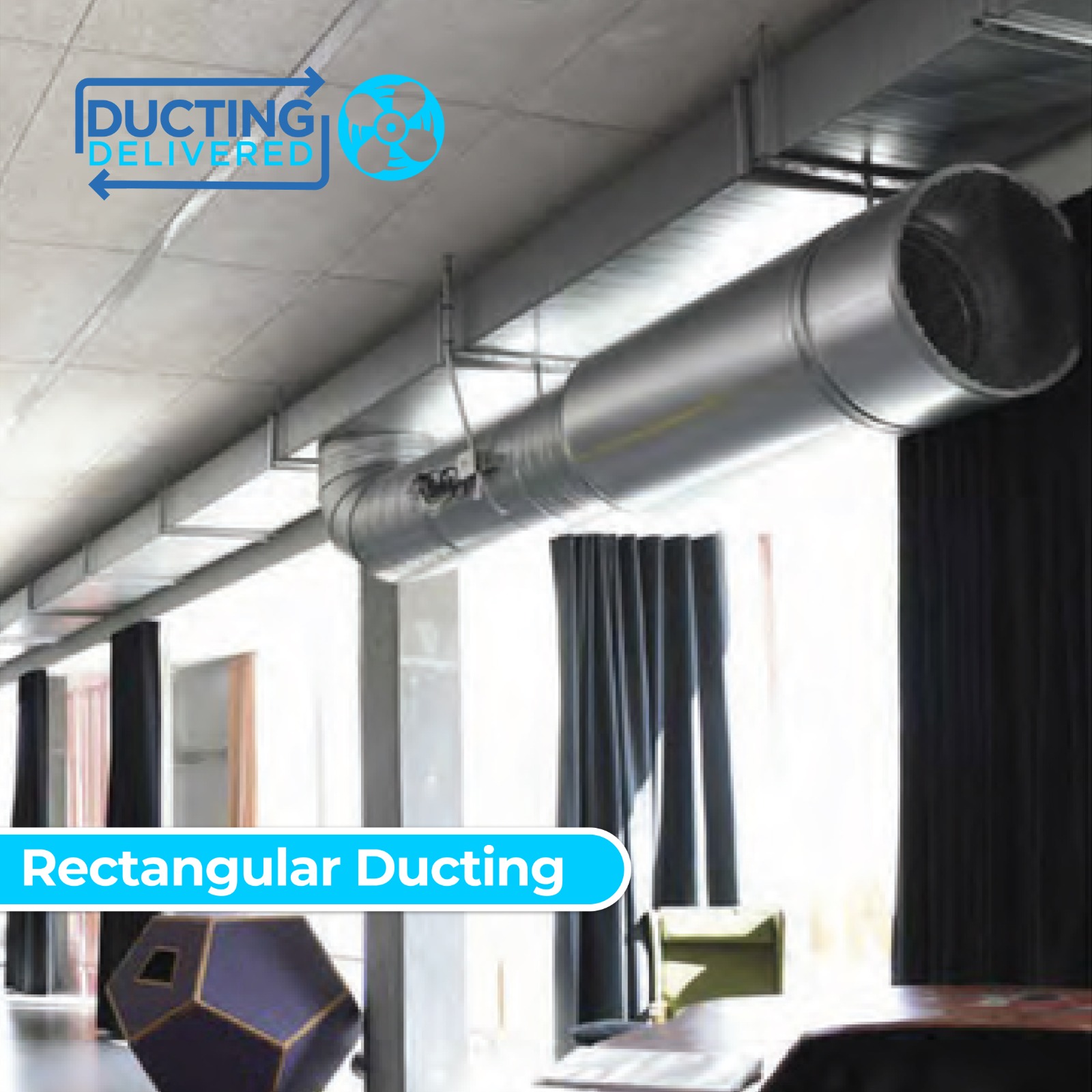What are the essential ducting accessories used in HVAC systems
Ducting accessories are crucial components in HVAC (Heating, Ventilation, and Air Conditioning) systems. They play a significant role in ensuring that air is distributed efficiently, quietly, and effectively throughout a building. Below, we discuss some of the essential ducting accessories and their contributions to the overall efficiency and performance of HVAC systems.
1. Duct Connectors and Couplings:
Duct connectors and couplings are used to join sections of ductwork together. These accessories ensure a secure and airtight connection between different pieces of ducting, preventing air leaks that can reduce the efficiency of the HVAC system. By maintaining a tight seal, they help ensure that the conditioned air reaches its intended destination without significant loss, improving energy efficiency and reducing operational costs.
2. Dampers:
Dampers are adjustable plates or valves installed within the ductwork to regulate airflow. They can be manually operated or automated and are used to control the volume of air flowing to different parts of the building. This allows for precise temperature control and zoning, enhancing comfort and reducing energy consumption. By directing air only where it is needed, dampers help avoid over-conditioning or under-conditioning of spaces, thereby improving the overall efficiency of the HVAC system.
3. Vibration Isolators:
Vibration isolators are flexible connectors placed between sections of ductwork to reduce the transmission of vibration and noise generated by HVAC equipment. These accessories are especially important in buildings where noise levels need to be minimized, such as offices, hospitals, and residential areas. By absorbing vibrations, they contribute to a quieter and more comfortable indoor environment.
4. Turning Vanes:
Turning vanes are installed inside duct bends and elbows to guide the airflow smoothly around corners. They help reduce turbulence and pressure loss, which can occur when air changes direction sharply. By maintaining a streamlined airflow, turning vanes improve the efficiency of the ducting system and ensure that air is delivered more effectively throughout the building.
5. Air Diffusers and Grilles:
Air diffusers and grilles are installed at the endpoints of the ductwork to distribute air into the occupied space. Diffusers are designed to spread the air evenly across a room, while grilles typically cover return air openings. Both accessories play a critical role in ensuring that air is distributed evenly and comfortably. Proper selection and placement of diffusers and grilles can enhance indoor air quality and comfort levels.
6. Duct Insulation:
Duct insulation is applied to the exterior or interior of ductwork to reduce heat loss or gain. Insulation helps maintain the desired temperature of the air as it travels through the ducting system, enhancing energy efficiency. It also prevents condensation on the exterior of the ducts, which can lead to moisture problems and mold growth. By improving thermal performance, duct insulation contributes to lower energy bills and a more efficient HVAC system.
7. Access Doors:
Access doors are installed in ductwork to provide entry points for inspection, cleaning, and maintenance. These doors are essential for maintaining the cleanliness and efficiency of the ducting system. Regular maintenance through these access points helps prevent the buildup of dust, debris, and mold, which can obstruct airflow and reduce system performance. Easy access also ensures that any repairs or adjustments can be made promptly, minimizing downtime.
8. Fire Dampers:
Fire dampers are safety devices installed in ductwork to prevent the spread of fire and smoke through the HVAC system. They automatically close when exposed to high temperatures, creating a barrier that helps contain the fire within a specific area. Fire dampers are critical for enhancing building safety and compliance with fire codes and regulations. Their proper installation and maintenance are vital for protecting occupants and property in the event of a fire.
9. Flexible Duct Connectors:
Flexible duct connectors are used to connect ductwork to HVAC equipment, such as air handlers and fans. These connectors absorb vibrations and movement from the equipment, preventing them from being transmitted through the ducting system. By isolating vibrations, flexible duct connectors help reduce noise and wear on the ductwork, contributing to a longer lifespan and quieter operation.
10. Duct Sealants and Tapes:
Duct sealants and tapes are used to seal joints, seams, and connections in ductwork. Proper sealing is crucial to prevent air leaks that can compromise the efficiency of the HVAC system. High-quality sealants and tapes ensure that the ductwork remains airtight, maintaining optimal airflow and reducing energy waste. By improving the overall integrity of the ducting system, these accessories contribute to better performance and lower energy costs.
In conclusion, ducting accessories are essential for the efficient and effective operation of HVAC systems. They contribute to improved airflow, energy efficiency, noise reduction, safety, and ease of maintenance. Proper selection, installation, and maintenance of these accessories are vital for optimizing the performance of HVAC systems and ensuring a comfortable and healthy indoor environment.




